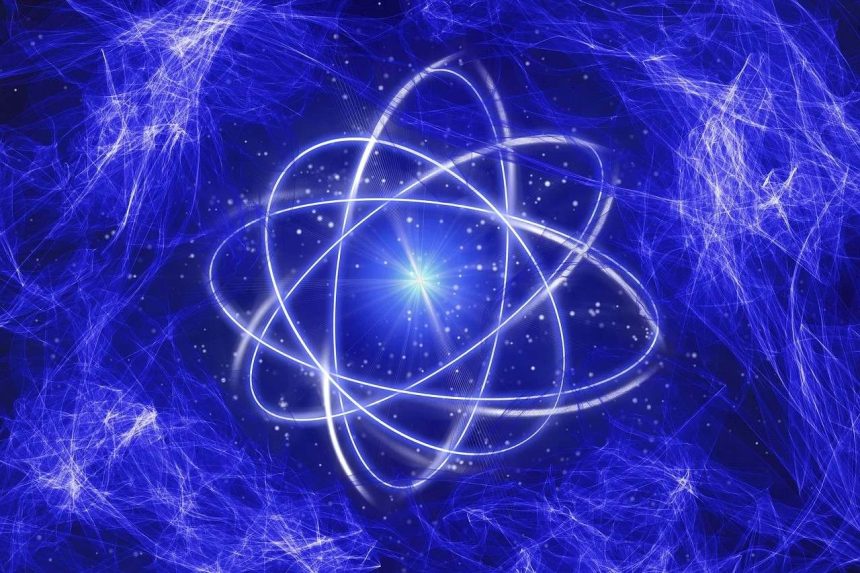We now know that every substance in the universe is made up of tiny particles called atoms. Atoms are so small that they cannot be seen with the naked eye. In the early 20th century, scientists made an even more remarkable discovery: atoms themselves are composed of even smaller particles, including electrons, protons, and neutrons. These are what we refer to as elementary particles.
Discovery of Elementary Particles Beyond Atoms
In addition to the electrons, protons, and neutrons that make up atoms, scientists have discovered even more elementary particles. Research into cosmic rays has revealed that the universe is filled with various elementary particles, such as mesons, muons, neutrinos, and positrons. These findings have expanded our understanding of the building blocks of matter.
Quarks: The Fundamental Building Blocks
Recent scientific discoveries have shown that even these elementary particles are made up of smaller components known as quarks. Quarks are the fundamental particles that form other subatomic particles. However, quarks are considered hypothetical particles, meaning they have not been directly observed in laboratory experiments. Despite this, strong scientific evidence suggests their existence.
Types of Quarks and Their Properties
In 1964, American physicists Murray Gell-Mann and George Zweig first proposed the concept of quarks. They theorized that most fundamental particles, including protons and neutrons, are composed of these quarks. According to this theory, there are four types of quarks, each with an associated antiquark.
By 1974, scientists had identified three types of quarks—Up Quark (U), Down Quark (D), and Strange Quark (S). These quarks form key particles like protons, neutrons, and mesons. Later in 1974, another quark was discovered, named the Charm Quark (C).
Each quark has a unique fractional charge:
- Up Quark (U) carries a charge of +2/3.
- Down Quark (D) and Strange Quark (S) both carry a charge of -1/3.
- Charm Quark (C) also carries a charge of +2/3.
For every quark, there exists a corresponding antiquark, which has the opposite charge. The rotational value of all quarks on their axis is ½, adding another layer of complexity to their behavior.
How Quarks Combine to Form Particles
Different combinations of quarks give rise to various elementary particles. For instance:
- Protons are formed by combining two Up Quarks and one Down Quark (U.U.D).
- Neutrons are composed of one Up Quark and two Down Quarks (U.D.D).
- Mesons are made up of a quark and an antiquark pair.
These combinations explain the structure and behavior of the fundamental particles that make up the universe.
The Ongoing Search for Quarks
Despite the significant theoretical foundation supporting the existence of quarks, scientists have yet to observe them directly in experiments. The search for quarks continues, with researchers conducting experiments to detect these elusive particles. As technology and scientific methods advance, it is only a matter of time before we gain further insight into the mysterious world of quarks.
Our understanding of matter has evolved significantly over the past century. From discovering atoms to uncovering subatomic particles and, finally, hypothesizing the existence of quarks, science continues to push the boundaries of knowledge. As research into quarks progresses, we are poised to unlock even more mysteries about the building blocks of our universe.




